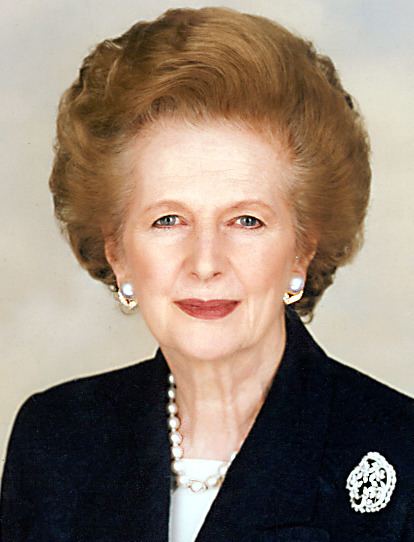3 May 1979 1980 → 5 April 1976 7 July 1976 12,222 7,410 Start date May 3, 1979 | 11 February 1975 5 April 1976 6 12 7,410 1,059 | |
 | ||
Local elections were held in the United Kingdom in May 1979. The results provided some source of comfort to the Labour Party (UK), who recovered some lost ground from local election reversals in previous years, despite losing the general election to the Conservative Party on the same day.
Contents
Labour gained 766 seats, bringing their number of councillors to 7,410.
The Conservatives lost 423 seats, leaving them with 12,222 councillors.
The Liberal Party gained 136 seats and finished with 1,059 councillors.
Changes in council control were as follows;
Labour gain from no overall control: Bassetlaw, Carlisle, Hartlepool, Newcastle-under-Lyme, South Tyneside
Labour gain from Conservative: Barrow-in-Furness, Coventry, Derby, Ipswich, Nottingham, Sandwell, Tameside, Welwyn Hatfield
Labour lose to no overall control: Thurrock
Conservative lose to no overall control: Birmingham, Cambridge, Cheltenham, Kirklees, Leeds, Pendle, Rochdale, Rugby, Warrington, Wyre Forest
Conservative gain from no overall control: Adur, Stratford-on-Avon
Conservative gain from Independent: Hart
Conservative gain from Democratic Labour: Lincoln
Independent lose to no overall control: South Lakeland, West Lindsey
Whole council
In 6 metropolitan boroughs the whole council was up for election.
In 6 boroughs there were new ward boundaries, following electoral boundary reviews by the Local Government Boundary Commission for England.
‡ New ward boundaries
Third of council
30 metropolitan borough councils had one third of their seats up for election.
Whole council
In 252 districts the whole council was up for election.
In 153 districts there were new ward boundaries, following electoral boundary reviews by the Local Government Boundary Commission for England.
‡ New ward boundaries
Third of council
In 44 districts one third of the council was up for election.
